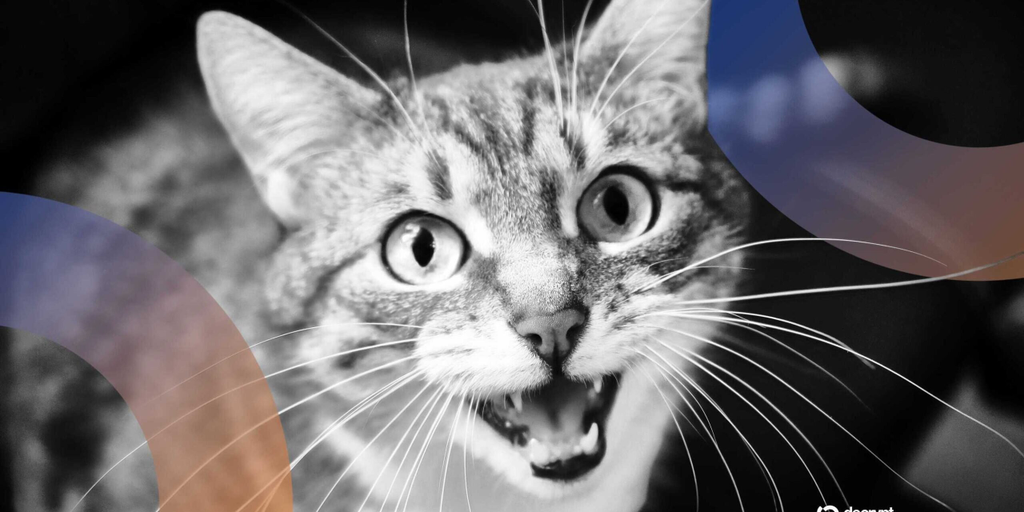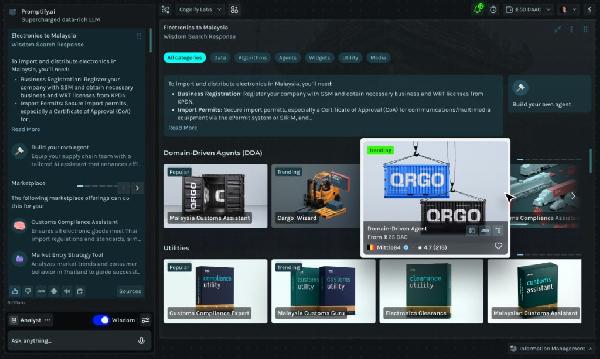For millennia, humans have wondered what their cats are trying to say. Now, a Chinese tech giant claims it might have the answer—using AI to translate meows into plain language.
Chinese tech giant Baidu filed a patent last December for a system designed to translate animal sounds—including feline meows—into human language, according to a report by Scientific American.
The company, often referred to as “China’s Google,” has been actively expanding its AI portfolio in recent years.
Baidu confirmed to Reuters last month that the project is “still in the research phase.”
The patent, published on May 8 by China’s intellectual property authority, describes collecting animal vocalizations, behavioral patterns, and physiological signals such as heart rate.
This data is then fed into an AI system to recognize the animal’s emotional state and map it to human language.
Baidu claims the approach could allow for “deeper emotional communication and understanding between animals and humans.”
AI-powered research into animal communication has surged in recent years, from studies mapping cat vocalizations with 90 accuracy to apps like MeowTalk, which claims to translate feline meows in real-time.
In May, entrepreneur Vlad Reznikov unveiled Feline Glossary Classification 2.3, a system that identifies 40 distinct cat call types with over 95 accuracy, though it has yet to undergo peer review.
The growing scientific effort to decode cats matters beyond curiosity.
As Scientific American notes, understanding feline communication could deepen human-animal bonds, improve pet welfare, and reveal how domestication shaped interspecies dialogue.
But experts remain cautious about big claims.
“The idea that we can directly translate animal languages is… kind of total nonsense,” said psychologist Kevin Coffey, who studies animal vocalizations.
Still, he acknowledges AI’s role in helping scientists better categorize and interpret animal sounds.
The beauty of Baidu’s proposed system lies in its scope. By adding body movement, temperature, and heart-rate data, it seeks to create richer context, not just decoding meows as “feed me,” but gauging emotional nuance.
In its patent filing, Baidu said that most animal translation tools rely too narrowly on either vocal cues or facial expressions, limiting their accuracy, according to a South China Morning Post report.
But significant barriers remain as patent reviews could take 1–3 years, real‑world accuracy must be proven across diverse animals and dialects, and ethical questions around data collection loom large.
Edited by Stacy Elliott.
Your Email









